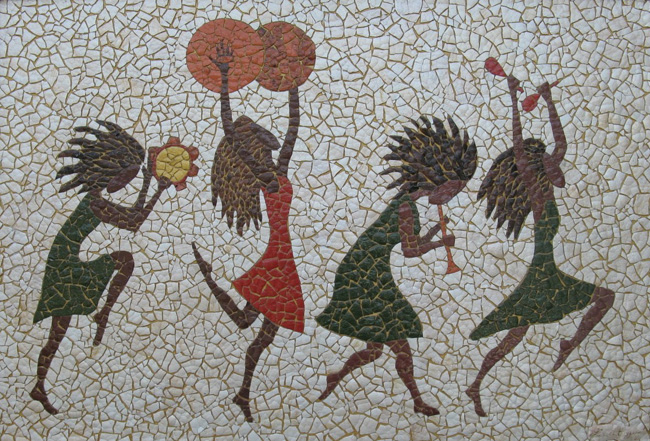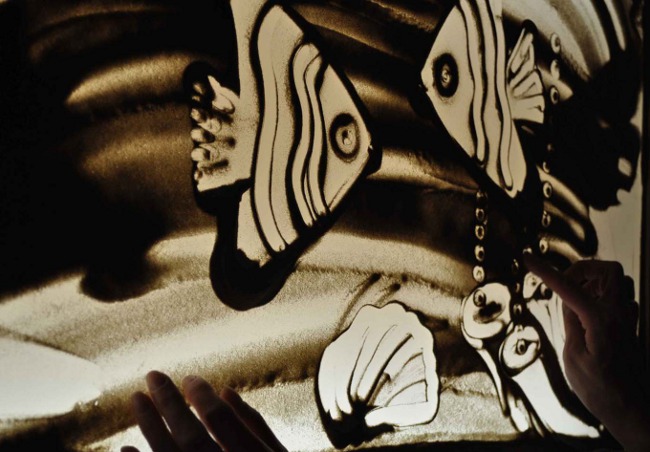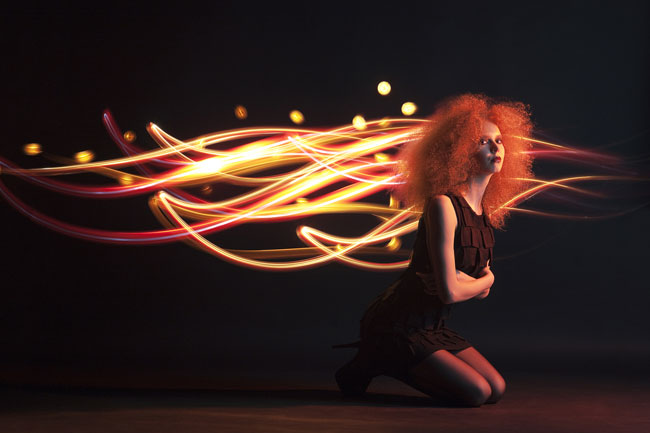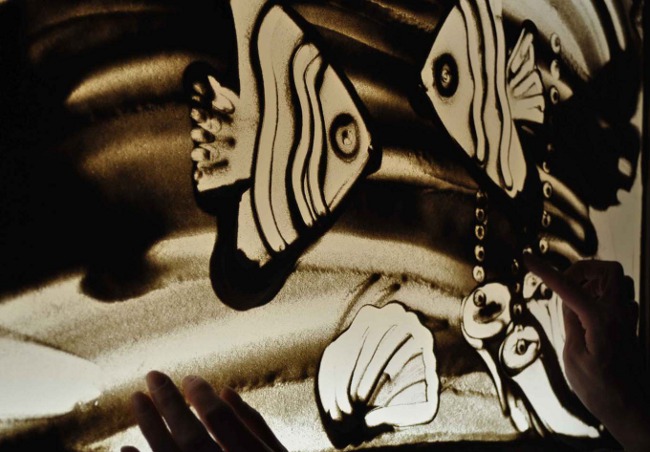Drawing with pastels
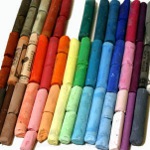
Drawing with pastels originates from the drawings madeSoft materials: coal, sepia and sanguine. Before you start using pastel, it is recommended first to learn the basics of academic drawing and painting.
Drawing pastel is divided into two main techniques: dry pastel and oil pastel. The first is considered the most simple. Usually the preliminary drawing for work with dry pastel is made with gray chalk, which in color does not differ much from paper. It is worth noting that it is not necessary to use an ordinary graphite pencil for the preliminary drawing, since the pastel falls very badly on it.
When working on light paper first a tone pattern is drawn using black and gray crayons. In the process of work it is necessary to completelypreserve all tonal relations. Then the main tones are applied. In the event that the paper is correctly selected according to the tone of the drawing itself, you can simply leave it unpainted in one or another place. After determining the color ratios, go on to clarify the picture. It is at this stage that the volume and shape of objects are studied. Usually such methods of work as a line, a stroke and a dot are used. Drawing with pastels also means rubbing it with a finger pad.
Among the newcomers, the most common mistake is mismatched tonal relations. To avoid this error, it is necessary to determine that the figure will be the darkest, and that the lightest.
It is worth noting that when using dry pastels it is not possible to get shades saturated in color. therefore The darkest parts of the picture are best painted with a dark gray or black color, and only then on top to apply the main color strokes or shading.
Pastel, even on velvet paper, is rather weak. To save a picture, after it is completed, you need treatment with special fixatives for dry pastels, which can be found in the shops for artists. Alternatively, you can use a hair spray, but you should remember that after this treatment the pattern may become darker.
Even fixed pastel requires careful handling, therefore it is recommended to place ready-made drawings under the glass. If you decide to keep your work in a folder, be sure to place thin smooth paper or tracing paper on the front side.
As for the oil technique of drawing with pastels, a bristly flat brush of size 14 is required for work. After applying the preliminary pattern and determining the tone, blur the picture with a special diluent, used for oil paints. This is done so that the final drawing is more saturated and contrasting.
Then details are shown, forms and invoices are specified. Drying the picture usually takes about two months. It should also be remembered that after absorbing oil in the paper, the light tones in the picture may become slightly darker.
The advantage of oil pastel is in the absence of the need to fix the material. However, the drawing becomes sticky, and for its storage it will be necessary to design special frames with glass, which should not touch the figure itself.
Finally, it should be said that if you already have experience with pencil or paints, drawing with pastel should not cause you any difficulties. The main thing - use thick matte paper and very carefully determine the tonal and color relationships.




